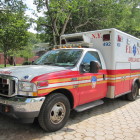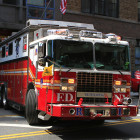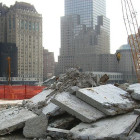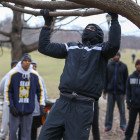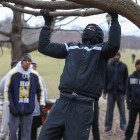climate change
UrbaNerd: Why Flat Roofs and Solar Power Don’t Always Mix
Guglielmo Mattioli |
Many city property owners see a source of greener power in that ball of fire 93 million miles away. The risk of a fire closer to home, however, can make it problematic to erect solar panels on many buildings.



